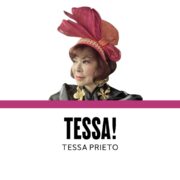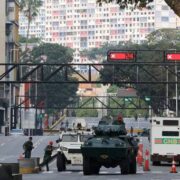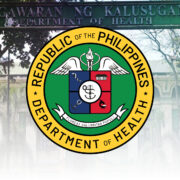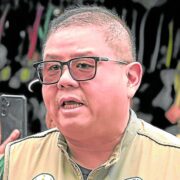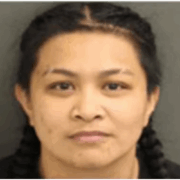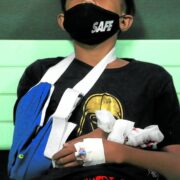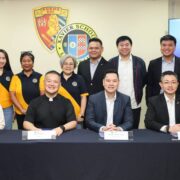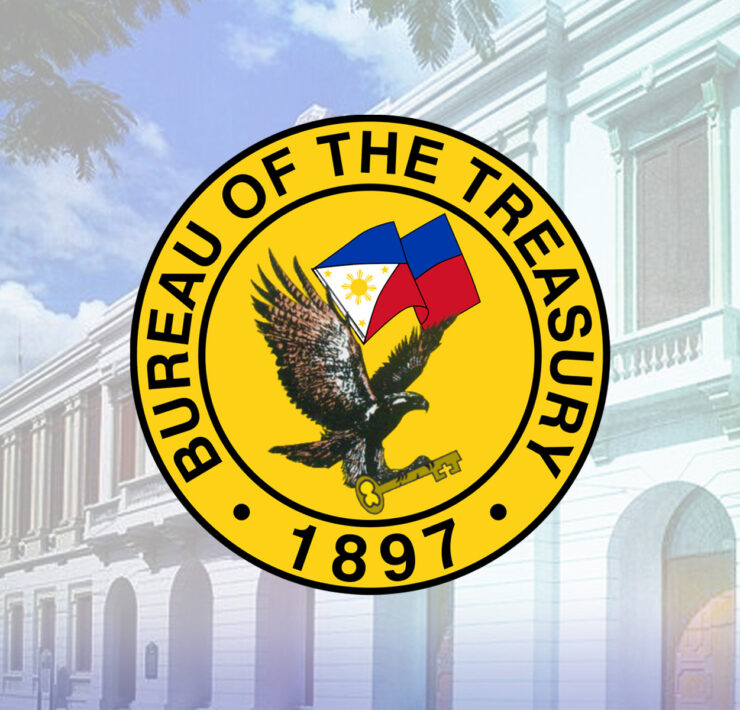Revisiting my 5 (now 6) steps to financial freedom
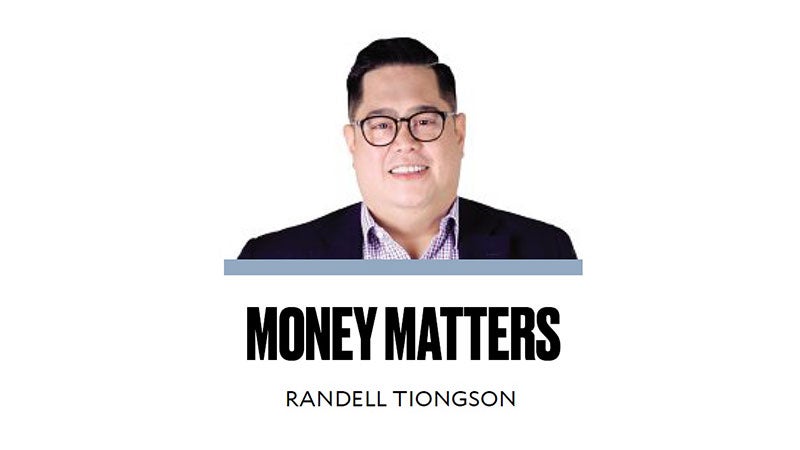
When I first wrote my first book “No Nonsense Personal Finance” in 2013, my goal was simple: help Filipinos gain financial freedom through practical, doable steps.
Over the years, these principles have stood the test of time. They’re not just theoretical—they work, and I’ve seen them change lives, including my own.
Let me walk you through these steps again, including a bonus sixth step that has deeply shaped my own journey.
Step 1: Increase cash flow
You can’t build anything financially if you’re constantly short on cash. The first step is creating positive cash flow—spending less than what you earn.
This means tracking your expenses and identifying areas to cut back, but also exploring ways to earn more. Can you take on freelance work? Start a side hustle? Upskill for better opportunities?
Increasing your cash flow gives you the ability to break free from paycheck-to-paycheck living and move toward long-term goals.
Step 2: Get out of debt
Debt, especially consumer debt, is one of the biggest obstacles to financial freedom. It keeps you stuck and stressed.
Start by listing all your debts. Then, use the debt snowball method—pay off your smallest debt first while making minimum payments on the rest. Once that’s done, roll your payment into the next one, and so on. This builds momentum and confidence.
Becoming debt-free is possible, but you have to be intentional. Avoid accumulating new debt while you’re paying off the old.
Step 3: Build an emergency fund
Life is unpredictable. That’s why you need an emergency fund—money set aside for unexpected events like medical issues, car repairs, or job loss.
Ideally, aim for three to six months’ worth of your basic expenses. Keep it liquid—park it in a high-interest savings account or money market fund. This isn’t money to grow your wealth—it’s there to protect it.
An emergency fund is your first line of defense. It keeps you from going back into debt when life throws a curveball.
Step 4: Protect from life’s risks (insurance)
Insurance isn’t about getting rich—it’s about avoiding financial disaster.
Start with life insurance if you have dependents. Make sure you also have health insurance—PhilHealth, health maintenance organization and if possible, critical illness coverage. If you’re self-employed, consider disability insurance.
Many underestimate this step, but it’s crucial. One hospital bill or untimely death can wipe out years of financial progress. Don’t overlook it.
Step 5: Invest for the future
Once you’ve laid down the foundations, it’s time to grow your wealth through investing.
Know your goals—retirement, your children’s education or simply building long-term assets. Invest based on your time horizon and risk appetite.
In the Philippines, you can start with mutual funds, unit investment trust funds, Philippine Equity and Retirement Account, stocks or even real estate.
The key is to start early, stay consistent and avoid emotional investing.
Remember: investing is not a get-rich-quick scheme. It’s a discipline.
Bonus Step 6: Start tithing
This step may surprise you, but I’ve seen it transform lives—including mine.
Tithing isn’t about money—it’s about honoring God.
Proverbs 3:9 says: “Honor the Lord with your wealth and with the firstfruits of all your produce” (ESV).
When you tithe, you recognize that everything you have comes from Him.
It’s also a powerful antidote to greed. Tithing reorients your heart and reminds you that financial stewardship is a spiritual discipline, not just a practical one.
It may seem counterintuitive to give away money when you’re trying to build wealth—but the blessings that come from obedience and generosity are real, even if not always material.
A brotherly reminder
These six steps are simple, but they’re not easy. They require intentionality, patience and at times, sacrifice. But the results are worth it—peace of mind, financial security and the freedom to live with purpose.
Whether you’re just starting or trying to reboot your finances, I hope this guide reminds you: it’s never too late. One step at a time, you can move toward lasting financial freedom—the no-nonsense way.
Randell Tiongson is a registered financial planner of RFP Philippines. To learn more about personal finance, attend the 112th RFP program this July. Email info@rfp.ph for more details on how to join the program.

